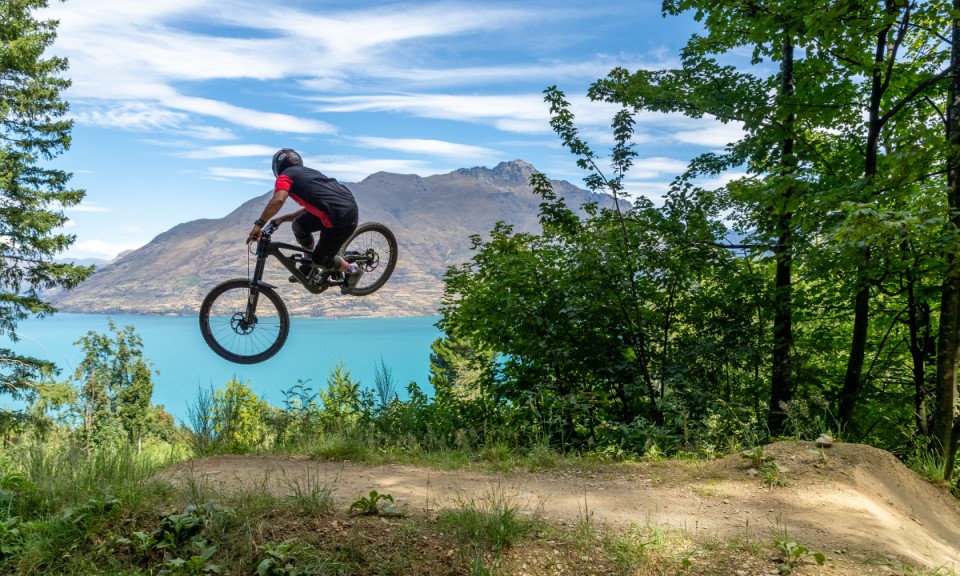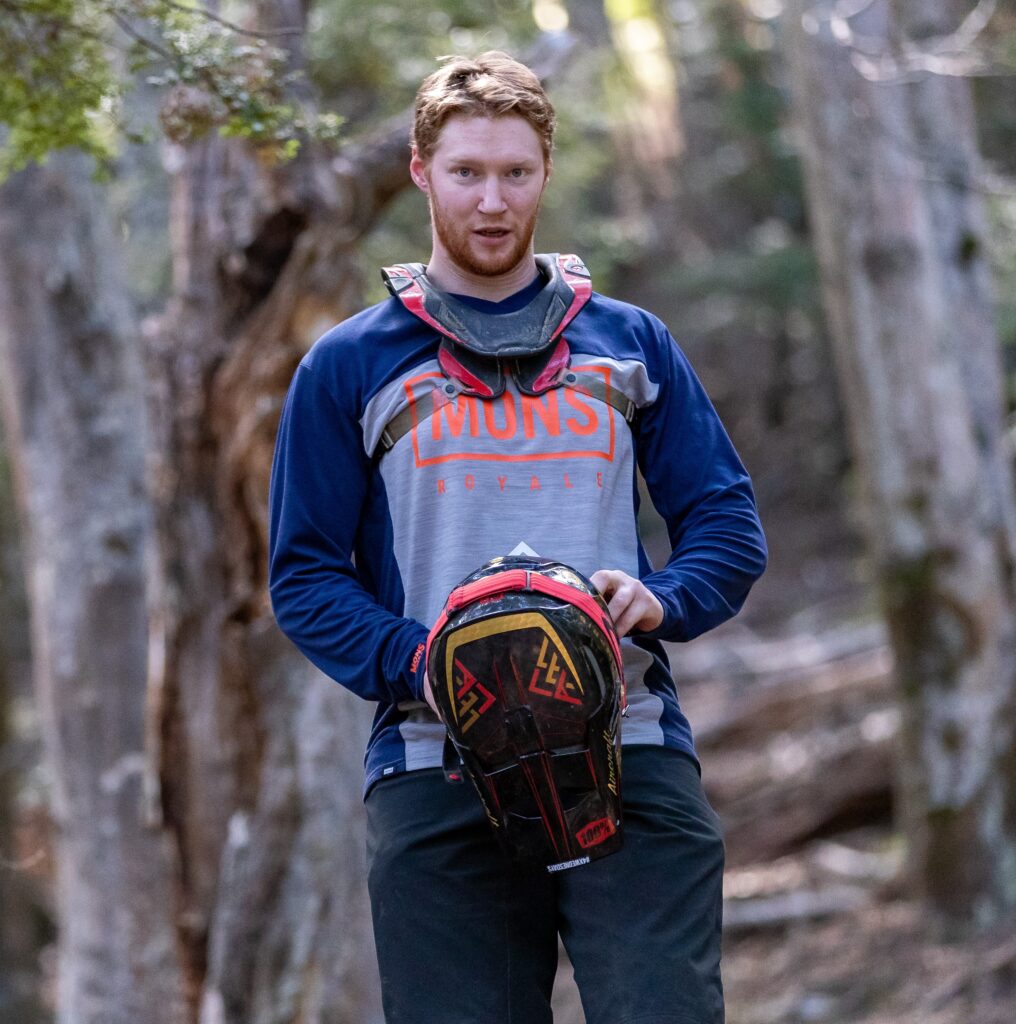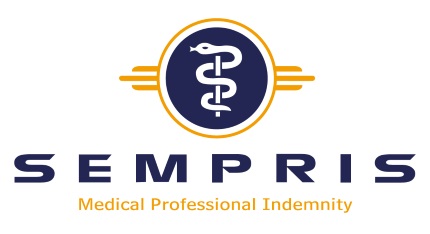We are always inspired by the work of our members, who are committed to improving outcomes for the athletes under their medical care.
As part of our CSR activities for 2020, SEMPRIS are pleased to be supporting a young orthopaedic surgeon on a mission to provide much-needed specialist medical services to the mountain bike (MTB) downhill racing community. An active competitor who has raced at World Cup level, we’d like to introduce you to Dr Euan Speirits, founder of Action Sports Medical and Orthopaedic Research Fellow, Registrar and PhD student at University of Strathclyde and Golden Jubilee Research Institute.

What is MTB Downhill?
Downhill mountain bike racing has existed since the 90s, and in its present form for 10 years. Cross-country MTB is an Olympic sport, and downhill MTB is the off-road version of BMX, with a mountain bike specific course with rocks and jumps. In MTB 4X, four racers compete against each other on track at the same time – Boardercross and Ski Cross are direct derivations of this.
Previously viewed as the poor relation of downhill skiing, the value of investment is increasing, with many European resorts gearing themselves towards MTB Downhill as a primary alternative source of income. The age of the sport also means that a second generation of athletes is coming through, with enough people raised with awareness of the sport that they are aging up into competition. Parents are investing in their young athletes, and downhill MTB is becoming more mainstream.
With New Zealand and its perfect MTB landscape now producing a lot of elite riders and attracting race event organisers, the season is starting earlier and finishing later. This means athletes are competing year-round, and the loads on them are greater.
Following the steps of another famous Scot
Still a somewhat niche sport, we asked Euan how he came to MTB 4X racing. He explained “I grew up playing tennis, but despite playing internationally, I realised I wasn’t going to get to a level where I could turn professional. Having decided on a career in medicine, I went to medical school and played basketball at British Universities Premier level.“
However, a congenital hip deformity he shares with Andy Murray forced the student doctor to reassess his options: “I had to have hip surgery at 23, and my surgeon told me that if I didn’t stop playing basketball, I would need a hip replacement by the time I was 35-40 years old.”
Now without a primary sport, Euan reflected on the mountain biking he had enjoyed with the Scouts when he was 16. “I had been following the MTB World Cup, and cycling recreationally, so with an athletic base already established, I started to look at racing competitively.”
The sport was a good fit physiologically, and better for his joints, as the load is distributed through both feet, without awkward landing and push-off angles.
Combining sport and medicine
MTB riders’ overall perceptions of their care at events is pretty poor, and having been racing for 5-6 years by now, Euan could see a distinct need emerging. He had a crystallising moment during preparations for the World Cup in Fort William in 2017. “A professional rider who I had known for 10 years fell off and dislocated his hip” he recounted. “Despite the fact that this athlete was earning six figure sums per year, the recovery service was substandard, with a lack of urgency and poor communication.”
Because of his hip and knee specialism, Euan went to help the team, following up with rider, feeding into the physio team, and talking about what forces MTB riders actually experience. “People make the mistake that MTB racing is like road cycling but off road – which it very much isn’t. It’s more like motorcycling, and having the mechanical understanding of what the sport is, what forces are at play and at what speeds, is really important.”
A big societal shift has happened in the last 3-4 years in sport, with lots of conversations around concussion. With the profile of MTB downhill racing expanding and the income and level of competition increasing, questions such as whether riders needed better concussion screening and if they should have someone telling them when they can and can’t ride based upon head hits, started to be asked.
What are the major medical risks and common injuries?
As already mentioned, concussion is a major risk. Much of the knowledge and best practice now deployed comes from NFL demographic analysis, which has shown that three head injuries over the span of a professional career, if not properly treated and rehabilitated, can increase the risk of anxiety and depression three times when the athlete retires. Other injuries such as rolled ankles, broken arms have been shown to be six times higher when competing with residual concussion symptoms*. In a ball sport such as basketball, that will be an inconvenience, but in mountain biking, with the velocities experienced, that could be life-changing or fatal.
Frequent injuries include clavicle and wrist fractures, and head hits are also very common – at a recent event in Rotorua, Euan removed five riders that in previous times would have gone on to race the next day. Even more serious, a rider at a World Cup event last season suffered an unstable spinal injury. Thankfully it was an incomplete spinal injury and they have recovered neurological function, but that rider’s injury spiked a lot of discussion about care standards and what race organisers should be providing on an international stage.
Creating a solution – Action Sports Medical
With a working knowledge of riders established, Euan has initiated a physician position at the Crankworx events he attends. If much-needed protocols with regards to restriction from play and return to play are to be introduced, then he is ideally positioned to facilitate these changes. He has already earned his place in the sport, and has established trust with the riders, who know his background, and that he’s not just someone to tick the boxes.
Crankworx had been thinking of using the concussion tools developer HeadCheck Health to check athletes over at competitions, but Euan suggested that he could do more than that. He could offer a service whereby he was the named doctor for these riders – taking the medical and surgical histories, providing immediate recovery documents if they needed to be transferred off site, performing concussion baseline testing, as well as mental health screening.
With the support of Manchester-based Altius Healthcare, and SEMPRIS, Euan has set up the physician-led athlete service Action Sports Medical for professional extreme sports athletes such as MTB riders.
Professional sports teams have athlete doctors who literally have their finger on the pulse of what the team is doing, what their training loads are, their competition loads, injury stats etc… Action Sports Medical is now performing this service for Crankworks for a group of 50/60 riders at top end of the sport.
In addition to the medical checks already mentioned, Euan works through a lot of performance support with the athletes as well, because if riders are happy when they go to compete, injury rates are lower, and career longevity and satisfaction are better. Working through performance mindset with elite riders helps in everyday life too.
An element of the service provided by Action Sports Medical that Euan is particularly proud of is the ‘Circle of Care’. He explains “If a rider is injured in competition, I can send them off-site for scans – they would previously have had to do this under their own steam, finding the local equivalent of A&E, without a formal referral. There would be no-one guiding their RTP, it would have been entirely self-driven.”
“Now, as their named physician, I can bypass these initial steps. For instance, at an event in British Columbia recently, I had an athlete-patient with a meniscal tear. I was able to refer them for an MRI scan locally, receive the report and make decisions with regards to whether they should be riding, refer locally to a specialist sports ortho, who will then direct reports back to me, so that when the rider comes back to competition, I know his medical history. This closes the loop, provides a circle of care not previously experienced by competitors.”
Next steps – going for gold
So what is this dynamic young doctor’s vision for Action Sports Medical? “I want gold standard care at the level offered at professional Supercross in the United States to be provided for downhill MTB” he explains. “In Supercross, racers have a team of 4/5 physicians, including a consultant anaesthetist, a GP, and a physiotherapist, set up in a mobile trauma centre. This means that gold standard care, such as airway management, X-ray, is immediately available. That is my aim.”
About SEMPRIS
SEMPRIS was launched in 2010 in response to requests from doctors for an indemnity scheme that provided comprehensive protection against the unique third-party risks involved in the treatment of professional sportspeople.
In addition, SEMPRIS covers all aspects of independent private practice, including all non-sport related practice and professional issues not covered by the NHS.
Members benefit from the expert legal support and representation offered by SEMPRIS Support. In addition to providing legal advice on all issues arising from professional practice, the service is the primary point of contact for discussing or notifying us of a ‘circumstance’ or claim against you. The service will now provide a full and accessible risk management service, offering advice, education and updates to members on best practice and mitigating risk within private practice.
Sources
The Prevalence of Depression and Concussions in a Sample of Active North American Semi-Professional and Professional Football Players
James Pryor, Abigail Larson, and Mark DeBeliso* Published online 2016 Mar 31.
https://www.ncbi.nlm.nih.gov/pmc/articles/PMC4915762/
Photography: www.jamesallan.co.nz

#SEMPRISinspirations
More ArticlesShare this post:
- - -
